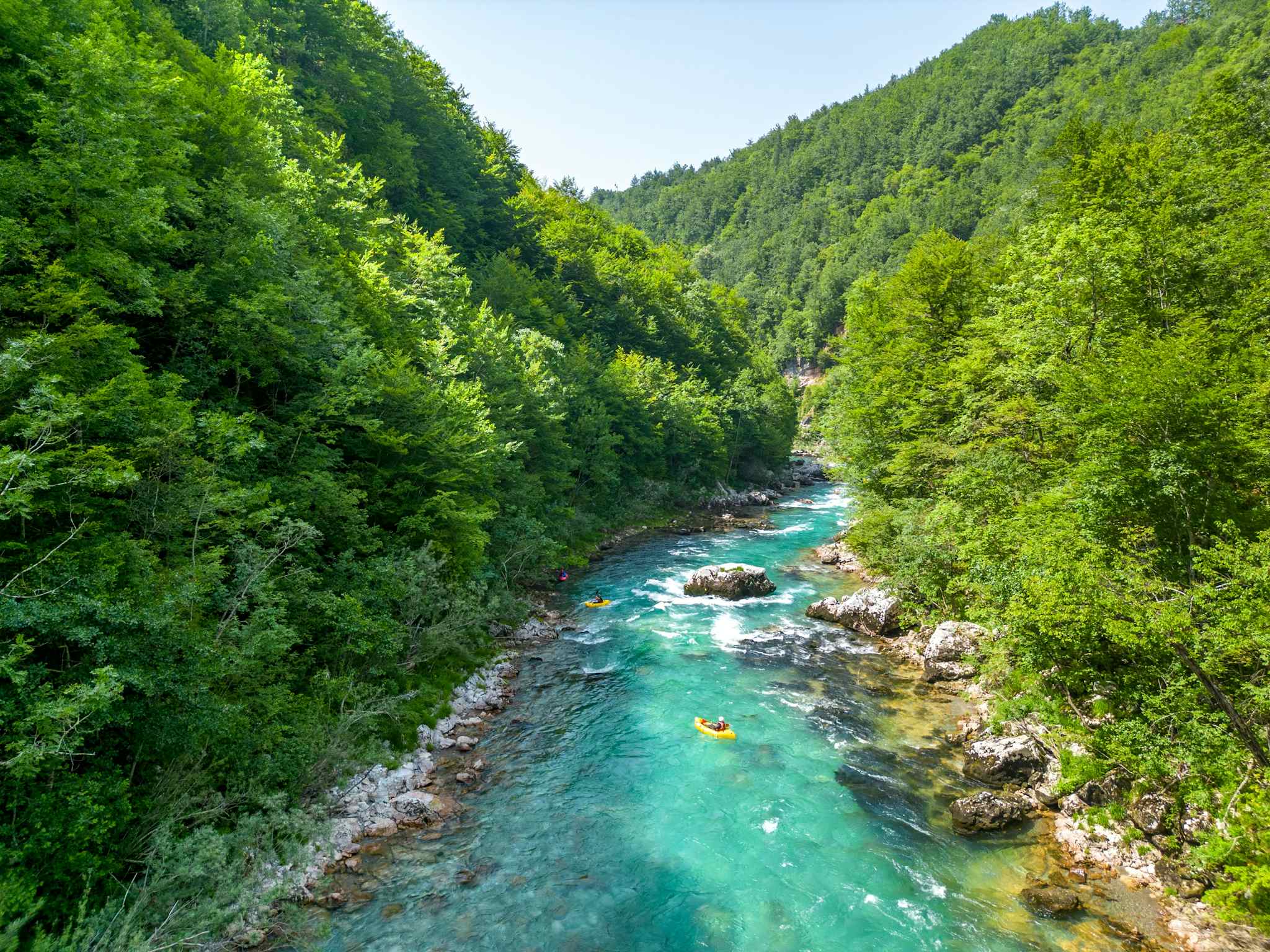Should one of the local golden eagles choose to leave its black pine perch and take flight over the Tara River Canyon, they would find themselves soaring over a lush paradise; where karst limestone cliffs rise to dramatic, pointed peaks and those pines pack tightly with beech, lime, birch and oak trees which layer up the mountains. Through this scene snakes the centrepiece of the canyon; the Tara itself, lined so closely by this vibrant greenery that it can feel a world away from anywhere when you’re paddling on the water.
The River Tara runs for 87 miles (140km) in full, starting at the convergence of the Opasnica and Veruša rivers in the southeast of Montenegro and running through the canyon and out to Bosnia-Herzegovina, where it becomes the Drina. The water here is remarkable; the colour of the Tara being the sort of vibrant turquoise which it can be hard to believe exists outside of a photograph filter.

“I think it’s the sense of being alone in the canyon that makes it so special,” says Gigo, a rafting and kayaking guide who has been leading trips on the Tara for over a decade. “It really is one of the wildest canyons that I’ve ever paddled - and I’ve paddled canyons all over Europe. You get a special connection here with nature. The water you get on the Tara you don’t see very often. It’s crystal clear.”
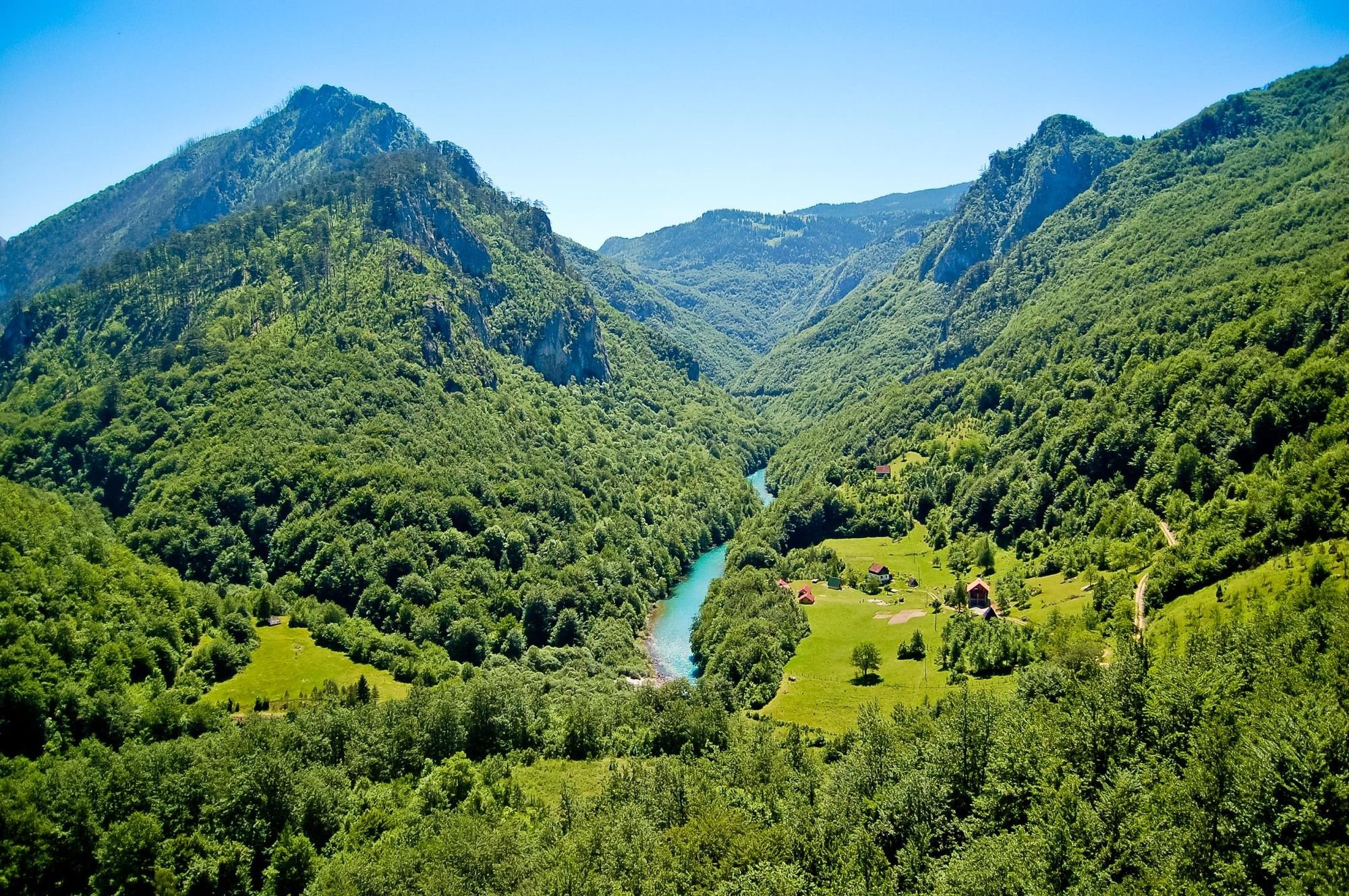
Indeed, as you travel along the Tara, you can clearly see the stones at the base of the river, and the occasional grayling or brown trout swimming along in the depths below. The Tara River Canyon - 50 miles (80km) long and 1300m deep - is an attraction of its own. It is the longest and deepest canyon gorge in Europe.
All of the above, as well as the fast current of the river, which tips into white water every now and then, creating natural obstacles, gives the Tara a class 3-4 grading for most of the year. But while rafting and kayaking has long been popular on these idyllic waters, a new form of adventure has been taking preference with guides who work day in, day out on the Tara River Canyon - the discipline of packrafting.
What I like about packrafting is that it opens up new possibilities.
A packraft is an inflatable boat, similar to a kayak, but significantly lighter and more portable. The idea is that you carry the boat to the edge of the water in a backpack, and inflate it there.
“Packrafting is quite a new thing,” explains Gigo. “It's basically a light form of kayaking, perfect for people who are visiting a new location. What I like about packrafting is that it opens up new possibilities. It means you don't have to suffer anymore and carry a 25kg kayak down to the river - which is especially tricky in Montenegro where we have these wild canyons. With the packraft, you can just put it in the backpack and hike down to the river and it's a lot easier.
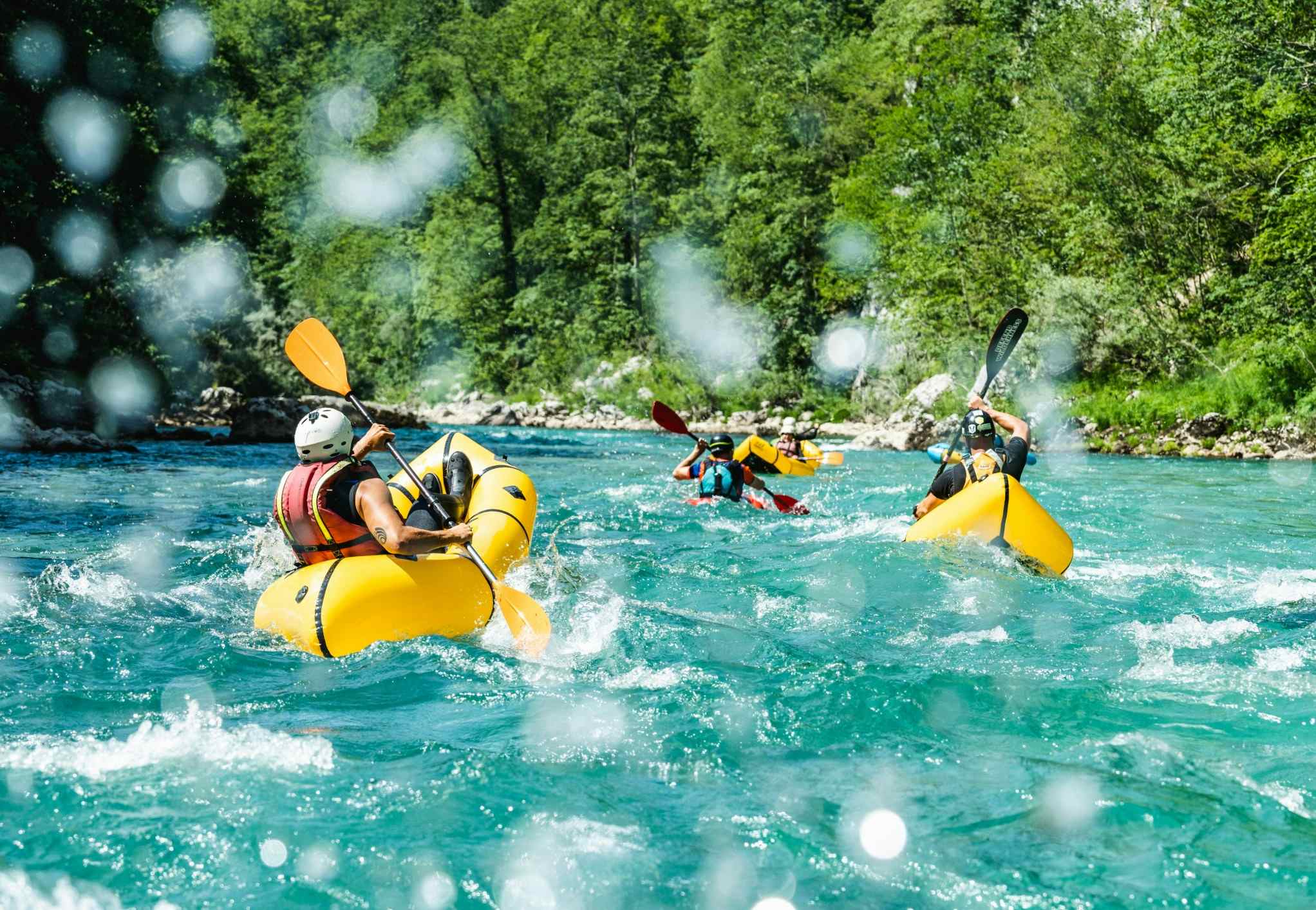
“They’re very light, so it’s easy to navigate, and they might look a bit like a toy but packrafts are actually very durable and stable on the water. After I started packrafting, particularly with the designs of the latest packrafts, I didn’t want to go back in the kayak, because this is more comfortable.”
In terms of paddling, there isn’t much difference to an everyday kayak, Gigo says. “You would only notice if you're really experienced. A kayak would be faster and you can take the angles very quickly. Packrafting is a bit slower, but that means it’s great for people who don't have any experience. I'm an instructor of kayaking and I always advise people to start in a packraft.”
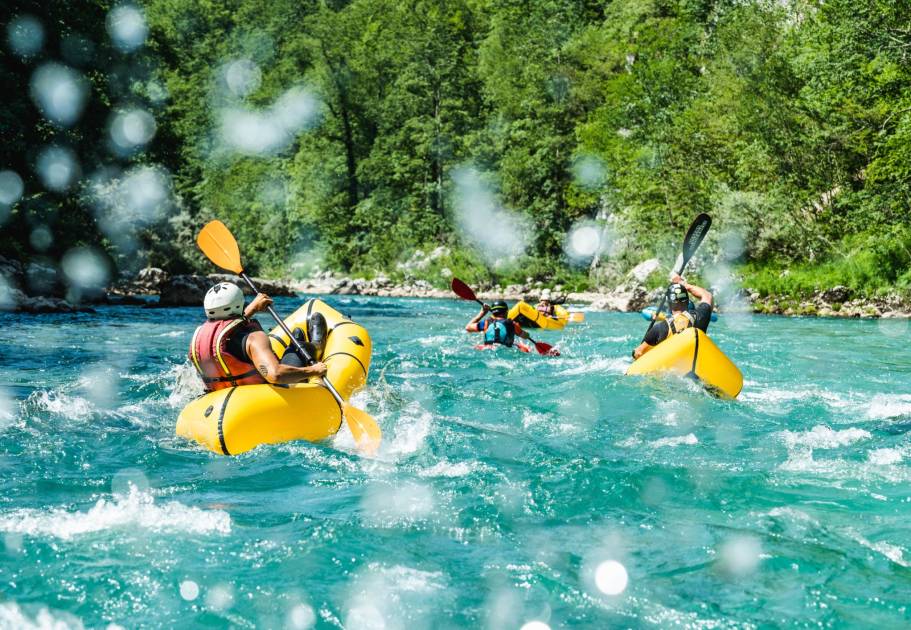
There are a plethora of other benefits, as well. If you’re imagining yourself hunched over an old bike pump, struggling to pump the raft up, fear not.
“What they've produced now are these small, lightweight pumps which have chargeable batteries,” Gigo explains. “You can charge it like a phone and pump up to six boats. What’s great about these boats is that it means you don’t need a big space to store them, either. By the end of a trip I usually have most people asking me how they can get a packraft themselves.”
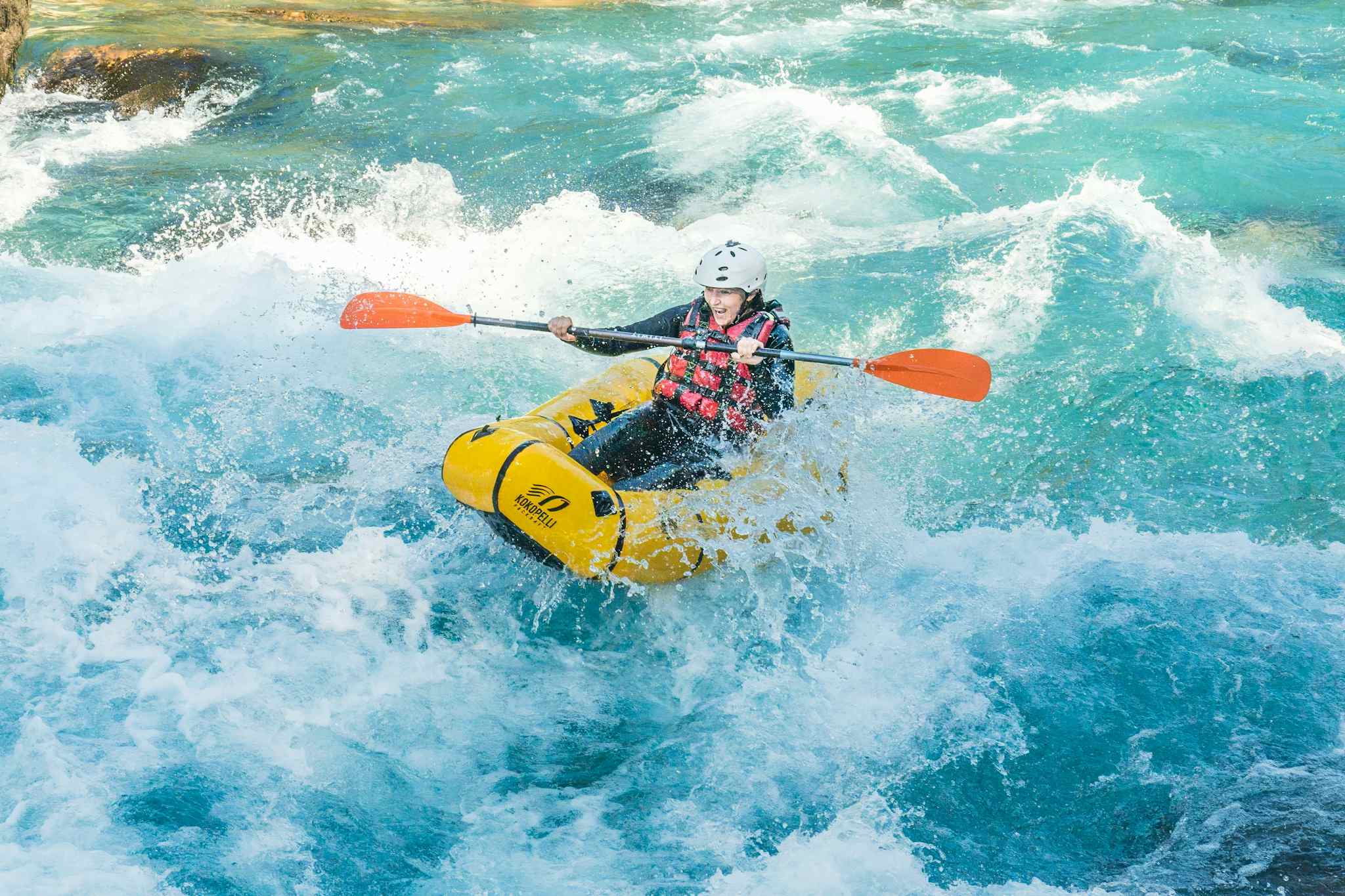
Gigo was born and raised in Montenegro. He’s been working on the Tara since he was a teenager. “It was love at first sight,” he says. “I come from a small country, and it was partly closed because of all the happenings in the Balkans, but guiding gave me the opportunity to meet people from around the world. I went on several international courses and found I was quite talented at kayaking, so I competed for a while, but I was always guiding here [on the Tara] as well.
“I love the beautiful sandy beaches. There’s a lot of wildlife too - and being on the river you get this constant feeling of flow which connects you with life. I've found a different connection with the river - any river, but Tara especially, because it's still undiscovered. You can be alone for days on the river - and that's why I like this area so much. You get a deeper connection with nature.”
Being on the river you get this constant feeling of flow which connects you with life.
In the skies above Tara you can spot golden eagles and vultures. Around the water there are kingfishers and great grey heron and in the trees around the river you can spot owls, deer and chamois, or if you’re very lucky, even wolves and bears.
Gigo is also the founder of an environmental organisation Nature Lovers Montenegro, and he works with the NGO Balkan River Defence, who aim to protect rivers in this wild part of Europe, where waterways tend to have fewer dams, and so are more biodiverse, than almost anywhere else on the continent.
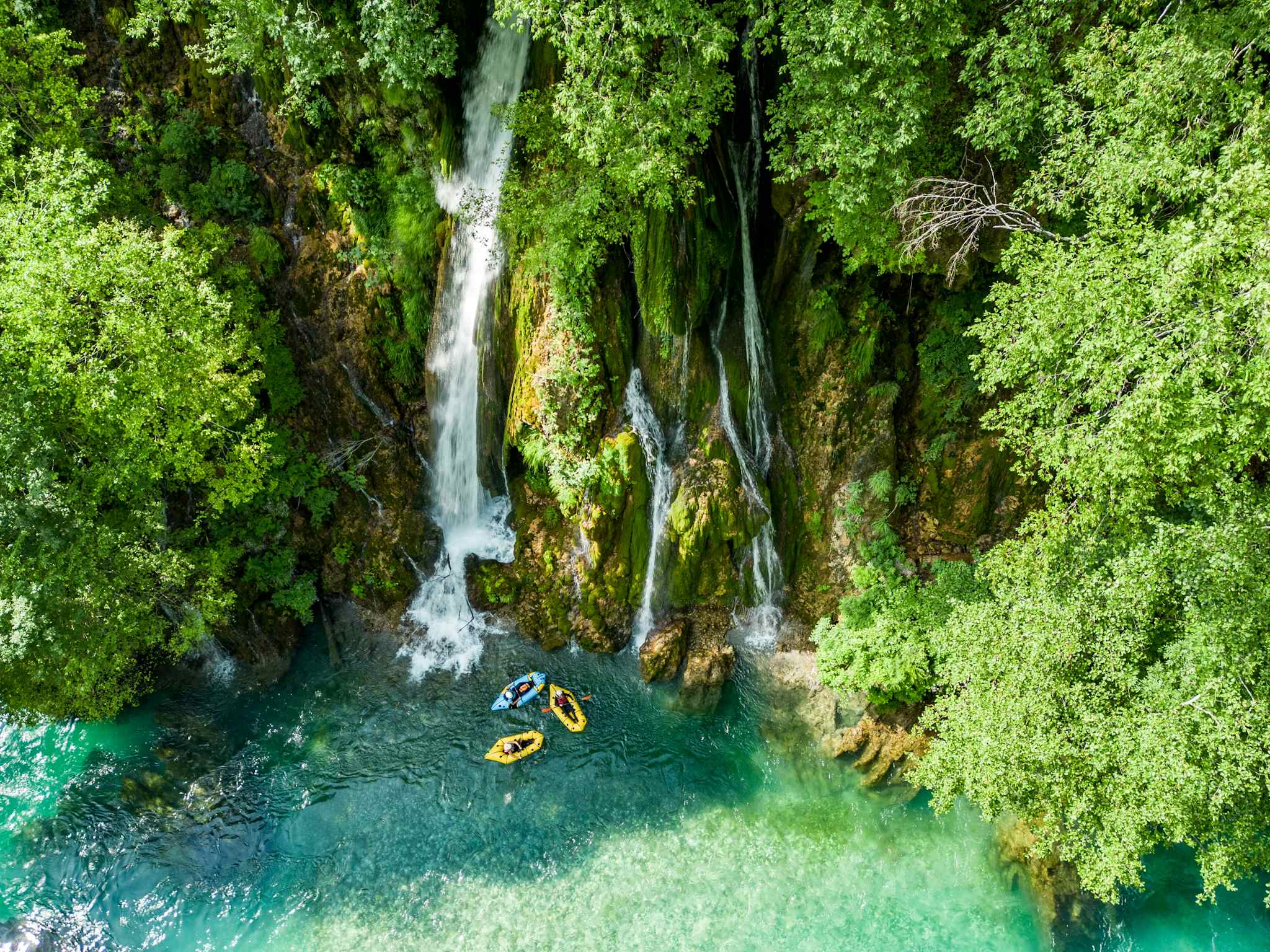
From time to time, new hydroelectric projects are proposed which threaten the river, but the popularity of this beauty spot with both locals and international paddlers means that the community here, and so the river, has a voice.
“I also use packrafting as a tool to protect the rivers,” says Gigo.
His actions, alongside those aforementioned environmental groups. range from protesting against new dams and organising educational camps to taking scientists down the rivers to search for endemic species and even meeting with governments, and EU parliament, to discuss the health of our waterways.
“We also organise kayak festivals to let people get to know the rivers better," says Gigo. "If someone doesn't experience the river, then they're probably not going to join your fight. But if you put the people on water and get them this deeper connection, you'll have people on your side - and people on nature's side.”
The beauty of this region stretches far beyond the Tara Canyon, of course. “Skadar Lake is one of the biggest lakes in the Balkans," says Gigo. "The views on the Tara are either down the river or up to the sky. On Skadar Lake you can look for 50km around.” The hiking around Piva Nature Park is also sublime, taking you through and up the sort of wild greenery you paddle past on the river.
At the heart of it all is this wild canyon, twisting and turning through Montenegro.
Inspired? Check out our new packrafting trip in Montenegro now!

